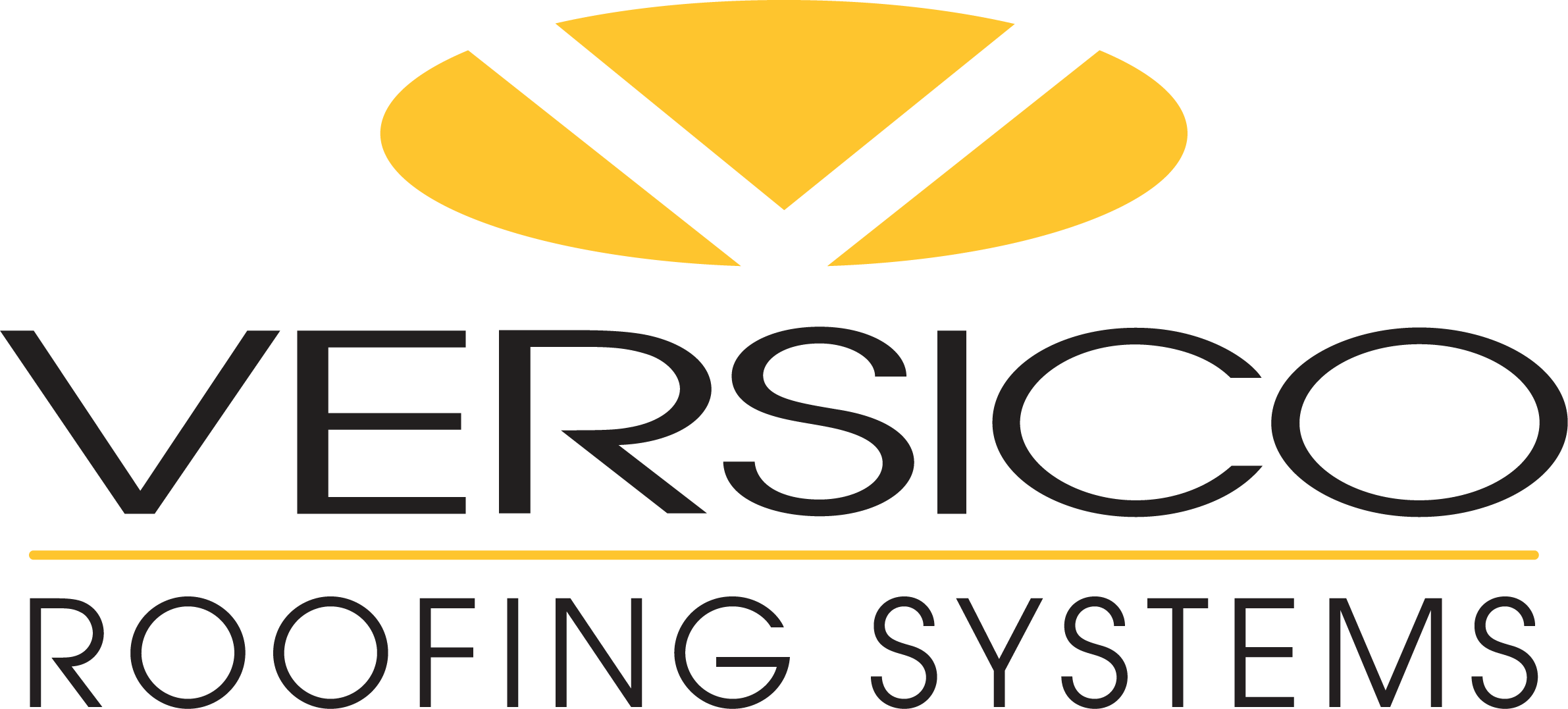Keeping Roof Safety Top of Mind
It’s not new news that safety should be the number one priority when on the roof. But what are the best practices to adhere to? This blog post will give you some high-level guidelines to follow, as well as resources to refer to from the National Roofing Contractors Association (NRCA) and the Occupational Safety and Health Administration (OSHA).
Items Most Likely to Affect Rooftop Safety
As always, if you have any questions about what Versico can do to help you on the roof, please contact your Versico Independent Sales Representative.
Items Most Likely to Affect Rooftop Safety
- Falls From Roofs – High elevations and unprotected edges immediately put contractors at higher risk for safety concerns when working on low-slope roofs. This is why utilizing the design elements listed below are so important.
- Weather Conditions – Weather is something you can’t control that can greatly affect rooftop safety. Rain, ice, or snow can create a slippery environment and high winds can make it easy to lose your footing. Pay attention to the weather and make choices that are best for your crew regarding safety.
- Equipment Use and Maintenance – Keeping up on equipment maintenance iskey, because a faulty piece of equipment can pose a major safety concern for contractors.Establish a regular maintenance schedule and remove broken equipment from the jobsite immediately.
- Worker Behavior – Personal responsibility from crew members is the most important safety net you can have in place. Creating a culture of a “safety first” mentality can go a long way to making your jobsite and workers safer every day.
- Fall Protection Training – According to OSHA, 90 percent of fatal falls happen when no fall protection is in place. For this reason, proper training and usage of fall protection systems can save lives on the roof. Train your crew early and train often –always keep safety top of mind.
- Perimeter Fall Protection – It is important to ensure that the roofs you are working on have existing structures in place to help protect the perimeter. The main protection options are parapet walls, permanent guardrails, or fixed anchor points for fall-protection devices.
- Roof Access – Getting on and off the roof can be a fall risk for contractors. Whether the roof is accessed internally, externally, or via a roof hatch; there are many safety precautions the building owner should have in place and that you as a contractor should be adhering to.
- Roof Skylights – A skylight is another possible opportunity for a fall or injury. The addition of a metal grate or warning line scan help remove that risk for contractors.
- Roof Hoist Conditions – A permanent roof hoist is a necessity when you are constantly needing to lift materials and equipment up to the jobsite. However, there are very precise requirements that should be followed for installation and can be found in the current NRCA Roofing Manual.
As always, if you have any questions about what Versico can do to help you on the roof, please contact your Versico Independent Sales Representative.
Up Next
October 28, 2021
Solar Ready Roofing
Preparing your roof to accept a PV system in the future is becoming more and more common.
October 14, 2021
UL Fire Classifications for Roofs – Class A, B, and C
UL tests the fire resistance of roof construction using external and internal Fire Ratings. This TechNews post focuses on external fire ratings.
September 30, 2021
Encouraging New Product Adoption in Your Crew
Getting members of your crew to adopt new products takes a unique understanding of the industry and contractors' needs, here are some tips to make it easier.
